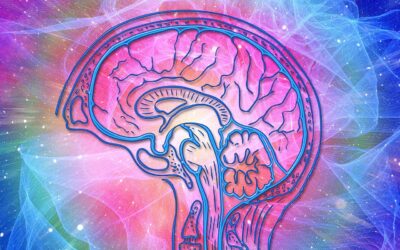AI 101: Teaching Robots to Think (Without Taking Over the World)

Machine learning resembles building with LEGO. You start with a pile of colorful bricks (data), follow instructions (algorithms), and end up with a structure (model). Sometimes you build a magnificent castle (accurate predictions), and sometimes you create a weird blob vaguely resembling a cat (inaccurate model). The key is practice and having the right pieces.
Steps in the LEGO ML Process:
- Gather your LEGO bricks (Collect data)
- Sort them by color and size (Preprocess data)
- Follow the instruction manual (Train the model)
- Show off your creation (Test the model)
- Realize you used the wrong pieces and start over (Iterate and improve)
This LEGO analogy simplifies complex machine learning concepts. Data collection is like gathering bricks. Preprocessing data is sorting bricks by type. Training the model follows instructions to build something specific. Testing sees if your creation matches expectations. Iteration involves tweaking your approach when things don’t work out.
The comparison highlights how machine learning requires quality input (the right LEGO pieces) and well-designed algorithms (clear instructions) to create effective models. It also emphasizes the trial-and-error nature of the process. Just as LEGO builders might rebuild projects multiple times, data scientists often refine their models repeatedly.
This approach makes machine learning more accessible to those without technical backgrounds. It illustrates how computers learn from data to make predictions or decisions, much like how people learn to build increasingly complex LEGO structures over time.
The LEGO metaphor also touches on the importance of feature selection (choosing the right bricks) and the iterative nature of model improvement. It shows how machine learning is not a one-time process but a cycle of continuous refinement and optimization.
What aspects of machine learning do you find this LEGO analogy explains particularly well? Are there any limitations to this comparison you can think of? How might this metaphor be expanded to cover more advanced machine learning concepts?









